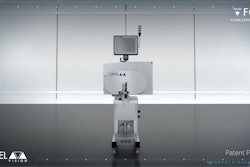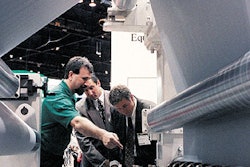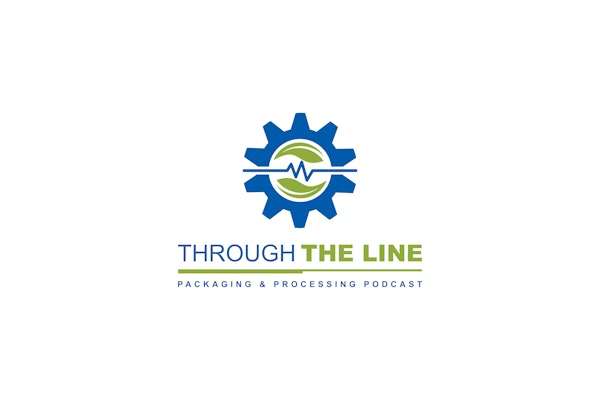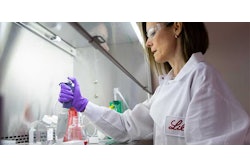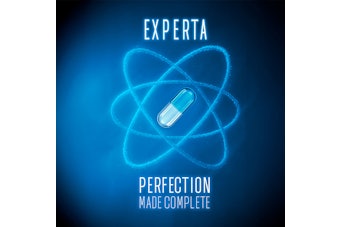Tolmar transitions to thermoformed trays for packaging prefilled syringes
As specialists in formulating, filling, and packaging of pharmaceutical products, Tolmar, Inc. of Fort Collins, CO, has been packaging prefilled syringes for more than a decade. Using barrier thermoforming material for packaging of prefilled syringes into trays is new. According to Lori Fischer, Tolmar's engineering manager, "The contents of the polypropylene syringes can be damaged by exposure to air or moisture, which is why we need barrier packaging in the first place. We had been using a foil pouch with a tear notch, but it was cumbersome. You had to shake the contents out. Also, once packaged, you could not see inside to do a check of the contents." Enter Klöckner Pentaplast with its Pentamed Aclar polyester barrier material. Tolmar also installed a Model R230 thermoform/seal machine from Multivac when it switched to the new Klockner Pentaplast material.
Oct 17, 2008
List: Digitalization Companies From PACK EXPO
Looking for CPG-focused digital transformation solutions? Download our editor-curated list from PACK EXPO featuring top companies offering warehouse management, ERP, digital twin, and MES software with supply chain visibility and analytics capabilities—all tailored specifically for CPG operations.
Download Now
Have You Heard About our Podcasts?
Through the Line podcasts explore innovations and information across the packaging and processing landscape. Join us for the latest insights, trends, and strategies shaping packaging and processing today.
Listen Today
Downloads




